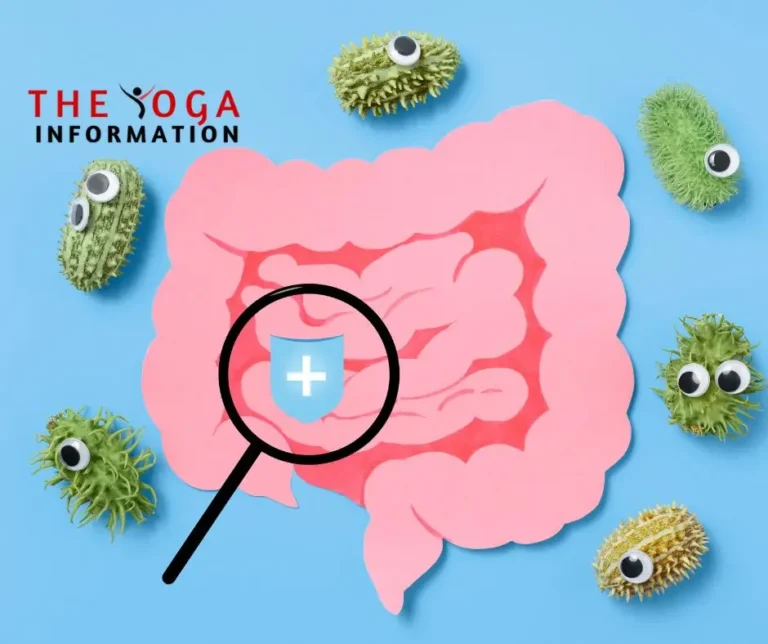In our fast-paced world, children are often bombarded with constant stimuli from screens, school, and extracurricular activities. This can lead to hyperactivity, anxiety, and difficulty focusing. As parents, teachers, and caregivers, it’s crucial to help children find calmness and inner peace amidst the chaos. One effective approach is through yoga and mindfulness practices designed specifically for children. These practices can help children cultivate calmness, focus, and emotional regulation.
The Importance of Calmness in Children
Calmness is not just about being quiet; it’s about finding an inner peace that allows children to navigate the world with confidence and clarity. When children are calm, they are better able to focus, learn, and interact positively with others. Calmness can reduce anxiety, improve sleep, and promote overall mental and physical health. It creates a foundation for resilience, enabling children to handle life’s challenges more effectively.
How Yoga Can Help
Yoga is an ancient practice that combines physical postures, breathing exercises, and mindfulness techniques. It’s a holistic approach to health that benefits both the body and the mind. For children, yoga can be a fun and engaging way to develop self-awareness and emotional regulation. Through regular practice, children can learn to recognize and manage their emotions, leading to a calmer and more balanced state of being.
Key Yoga Practices for Calming Active Children
1. Breathwork and Pranayama
Breathwork, or pranayama, is a fundamental aspect of yoga that involves controlled breathing techniques. These techniques can help children focus their mind, reduce stress, and regulate their emotions
Techniques
- Balloon Breath: Have children imagine they are blowing up a balloon with their breath. They inhale deeply through the nose and exhale slowly through the mouth, expanding their belly like a balloon.
- Bumblebee Breath: Children close their eyes, cover their ears with their hands, and hum as they exhale. This creates a soothing sound and vibration that calms the mind.
2. Simple Yoga Poses
Certain yoga poses can help release physical tension and promote relaxation.
Poses:
- Child’s Pose (Balasana): This pose is a restful position that helps children feel grounded and secure. It gently stretches the hips, thighs, and ankles while promoting relaxation.
- Tree Pose (Vrksasana): This balancing pose helps children focus and find stability. It encourages concentration and strengthens the legs and core.
3. Mindfulness and Meditation
Mindfulness and meditation practices teach children to be present and aware of their thoughts and feelings without judgment.
Techniques:
- Body Scan: Guide children through a body scan meditation where they focus on each part of their body, noticing any sensations without trying to change them.
- Guided Imagery: Use guided imagery to take children on a calming journey in their mind, such as imagining they are floating on a cloud or walking through a peaceful forest.
4. Visualization
Visualization techniques can help children manage their emotions and find calmness.
Techniques:
- Rainbow Visualization: Guide children to imagine a rainbow and associate each color with a different positive feeling, such as red for strength, blue for calmness, and green for healing.
- Peaceful Place: Have children close their eyes and visualize a place where they feel safe and happy. Encourage them to describe this place in detail.
4. Visualization
Visualization techniques can help children manage their emotions and find calmness.
Techniques:
- Rainbow Visualization: Guide children to imagine a rainbow and associate each color with a different positive feeling, such as red for strength, blue for calmness, and green for healing.
- Peaceful Place: Have children close their eyes and visualize a place where they feel safe and happy. Encourage them to describe this place in detail.
5. Yoga Games and Activities
Incorporating playful elements into yoga can make it more engaging for children.
Activities:
- Yoga Freeze Dance: Play music and have children dance around. When the music stops, they must freeze in a yoga pose.
- Animal Yoga: Teach children yoga poses that mimic animals, such as Cat-Cow, Downward Dog, and Cobra. Encourage them to make the animal sounds too.
6. Creating a Calm Environment
The environment in which children practice yoga is crucial for promoting calmness.
Tips:
- Quiet Space: Ensure the space is quiet and free from distractions.
- Comfortable Setting: Use soft lighting, calming colors, and comfortable mats or blankets.
7. Establishing a Routine
Consistency is key to helping children develop a sense of calmness through yoga.
Tips:
- Regular Practice: Schedule regular yoga sessions, even if they are short. Consistency helps build a habit.
- Incorporate into Daily Routine: Integrate yoga into daily activities, such as doing a few poses before bed or using breathwork to start the day.
8. Parental and Caregiver Involvement
Children are more likely to engage in yoga if they see adults modeling the behavior.
Tips:
- Join In: Participate in yoga sessions with the children. This can strengthen the bond and make the practice more enjoyable.
- Encouragement: Provide positive reinforcement and encourage children to explore different yoga poses and technique
9. Addressing Resistance
Some children may be resistant to trying yoga, especially if they are highly active.
Strategies:
- Make it Fun: Emphasize the playful aspects of yoga and let children choose poses or activities they enjoy.
- Be Patient: Understand that it may take time for children to feel comfortable with yoga. Be patient and persistent.
10. Evaluating Progress
It’s important to assess how yoga is impacting the child’s behavior and well-being.
Tips:
- Observe Changes: Notice any changes in the child’s mood, behavior, and ability to focus.
- Ask for Feedback: Encourage children to share their feelings about yoga and what they enjoy or find challenging.
The Role of Mindfulness in Calming Active Children
Mindfulness is the practice of being present and fully engaged with whatever we are doing in the moment. For children, mindfulness can help them develop attention, emotional regulation, and self-awareness.
1. Introducing Mindfulness to Children
Start with simple practices that are easy for children to understand and enjoy.
Techniques:
- Mindful Breathing: Teach children to pay attention to their breath, noticing the sensation of the air moving in and out of their bodies.
- Mindful Eating: Have children eat a small piece of food slowly, paying attention to the taste, texture, and smell.
2. Incorporating Mindfulness into Daily Activities
Mindfulness can be integrated into everyday activities, making it a natural part of a child’s routine.
Activities:
- Mindful Walking: Take a walk with children and encourage them to notice the sights, sounds, and smells around them.
- Mindful Coloring: Provide coloring materials and ask children to focus on the colors and patterns they are creating.
3. Benefits of Mindfulness for Children
Practicing mindfulness can have numerous benefits for children, including:
- Improved Focus: Mindfulness helps children concentrate better in school and other activities.
- Emotional Regulation: Children learn to recognize and manage their emotions more effectively.
- Reduced Stress: Mindfulness practices can lower stress levels and promote a sense of calm.
Integrating Yoga and Mindfulness into School Settings
Schools are increasingly recognizing the benefits of yoga and mindfulness for students’ well-being and academic performance.
1. Benefits for Students
Incorporating yoga and mindfulness into the school day can help students:
- Enhance Focus and Concentration: Improved attention spans lead to better academic performance.
- Reduce Anxiety and Stress: Yoga and mindfulness can help students manage school-related stress.
- Promote Social Skills: These practices encourage empathy, cooperation, and positive interactions among students.
2. Implementing Programs in Schools
Schools can implement yoga and mindfulness programs in various ways:
- Dedicated Class Time: Allocate specific times during the day for yoga and mindfulness sessions.
- After-School Programs: Offer yoga and mindfulness as part of after-school activities.
- Integration into Curriculum: Incorporate mindfulness exercises into existing subjects, such as having a mindful moment before tests or lessons.
3. Training for Educators
Teachers and school staff can benefit from training in yoga and mindfulness to effectively guide students.
- Professional Development: Offer workshops and courses on yoga and mindfulness for educators.
- Resources and Support: Provide teachers with access to materials and resources to implement these practices in the classroom.
Conclusion: Empowering Children Through Yoga and Mindfulness
Yoga and mindfulness offer gentle yet powerful ways to help children find stillness within and develop a lifelong habit of self-care and mindfulness. With patience, creativity, and consistency, we can make these practices an enjoyable and beneficial part of their daily routine, fostering a generation of calm, resilient, and balanced individuals.

